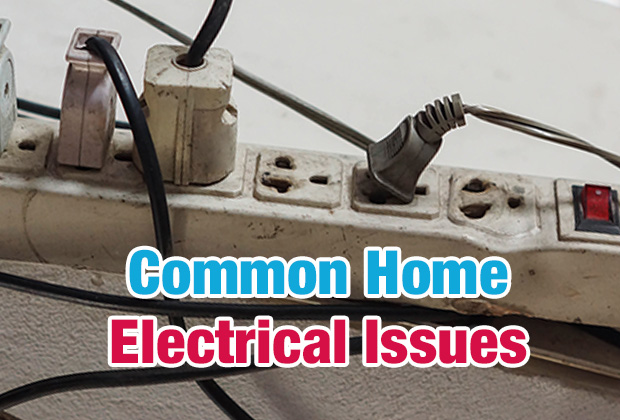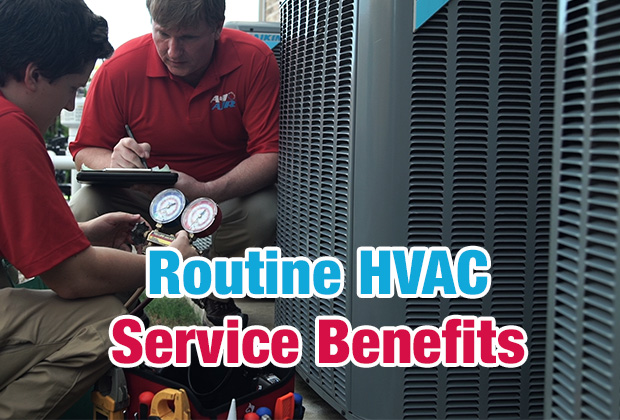When it comes to household electrics, safety should be top priority. Outdated, poor, or faulty wiring can really cause a lot of issues such as flickering lights, damaged appliances, high bills, and even fire hazards to your home.
The problem is that many older homes have circuits fitted for their particular era and they are not up to the electrical strain and demands of current electronic equipment, appliances and lighting.
Here is a list of 10 common electrical issues and their solutions:
Frequent electrical surges
Electrical surges can cause serious damage to electronics and appliances and can really rack up expenses if they occur often. They can be caused by several things, including lightning strikes, faulty appliances, damaged power lines or bad electrical wiring in the house. Surges typically only last a microsecond, but that is enough time to do damage to electrical components connected to your home, and consequently reduce their life expectancy.
If you’ve experienced frequent electrical surges in your home, first check electrical devices connected to your home. Try disconnecting the device from the outlet. If the surges stop happening, then the problem may be solved. If you continue to have frequent power surges, then it’s time to contact a professional electrician.
Power sags
Power sags or dips are intermittent drops in voltage. They can often be caused by faulty or poorly made devices that are connected to your home power grid. These high-drain appliances can cause issues when they are switched on because they demand more electricity than an outdated main power grid and/or wiring can deliver.
Flickering lights
This problem could be caused by a loose bulb that just needs to be screwed in tighter, or a faulty light switch. However, if it is caused by a loose, corroded or frayed connection in your wiring, it’s a more serious issue. While it is not a code violation, it can be a fire hazard when loose connections make intermittent contact that could result in sparks, overheating and fire.
Light switches not working
When your light switches are not working properly, the culprit could be poor workmanship, improper installation, or cheap products. It could also be caused by a fault in the outlet or wiring issues. If you are experiencing issues with switches in your home, contact an electrician.
Dead outlets
If your outlets aren’t working when you plug in your electronics, it could be a result of a tripped breaker due to excessive heat build up, faulty wiring or poor connection. This could be a potential fire hazard and you should have an electrician come out to inspect.
Warm outlets or switches
If your outlet feels warm to the touch, it could be a fire hazard. This could be caused simply by having a dimmer switch installed that could be making it feel warm. Also, if you have a charger, or electrical device plugged into the outlet, first unplug and see if it cools down. If so, it just means that your device is using a lot of energy. If neither of these are the case then you may have a serious safety issue, as it could be caused by a broken switch or faulty wiring.
If your outlet feels warm to the touch, it could be a fire hazard.
Circuit breaker that keeps tripping
When your circuit breaker is tripping, that is actually a good sign that your home is protected from high electrical surges. High energy draining items such as appliances, microwaves or hairdryers sometimes put too much of a strain on the circuit, especially when other high energy-consuming electronics are plugged into the same circuit. To help reduce the circuit from tripping frequently, check what devices cause tripping and try using a lower setting. You can also use a different circuit for other electronics so it’s not overloading it.
Overloading
Sometimes you can have a bulb with wattage higher than a light fixture was designed for. This is not only a code violation but can be a fire hazard. The high heat generated from the bulb can melt the socket and insulation present in the wires of the fixture. This can cause sparks and an electrical fire. Even if the bulb is removed it could have still caused damage to the fixture. Try to keep any bulbs or other fittings in the correct wattage range. If the fixtures are not marked with wattage, use a bulb that is 60-watts or less.
Light bulbs burning out too often
If you are experiencing frequent bulb burnout, it could be a serious issue. This could be the result of too high of wattage, insulation too close to light, causing overheating, poor wiring on the circuit and mains, too much wattage on the dimmer switch, or a loose connection in the socket or circuit. If you keep going through bulbs, it’s time to contact a professional electrician as isolating the problem can be difficult for non-professionals.
High energy bills
Check to see if there is a more cost effective provider in your area. Also check around the house to see if you have high-energy draining electrical devices such as electronics and appliances and switch them off when not in use. Repair any damaged wiring or circuits in your home. Also, maintaining annual HVAC tune-ups and changing filters frequently can help reduce energy strain on your system, and can keep your bills a little lower.
If you have electrical problems that keep happening around your home, contact the professionals at A#1 Air today. They can inspect your home for any electrical issues and give you peace of mind about the safety of your home.






